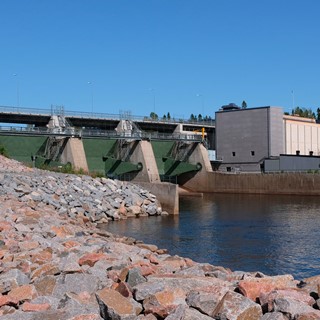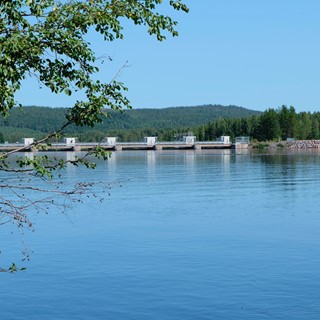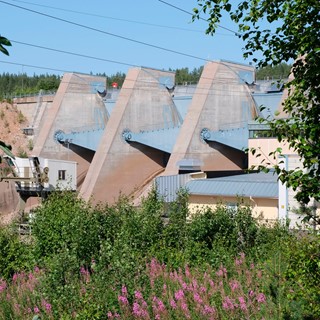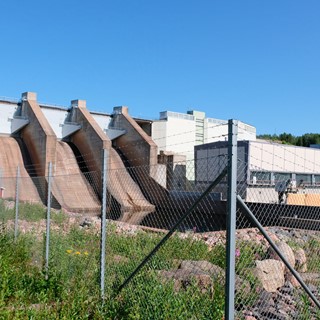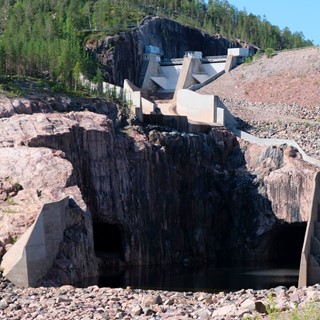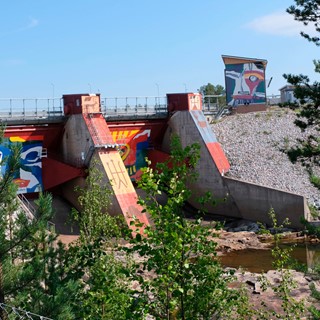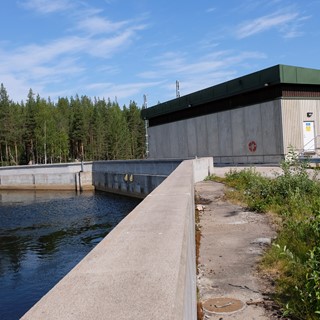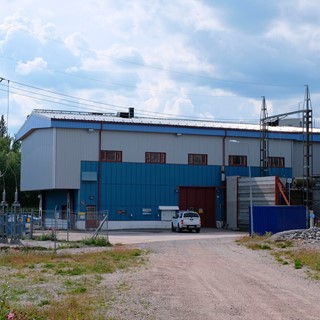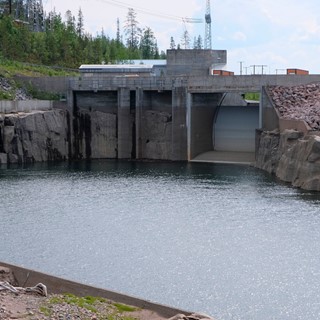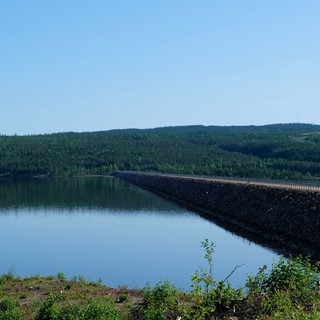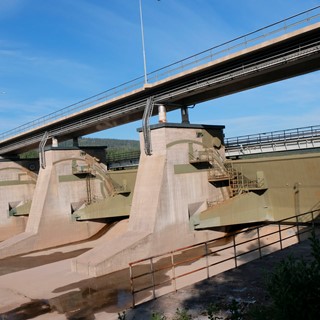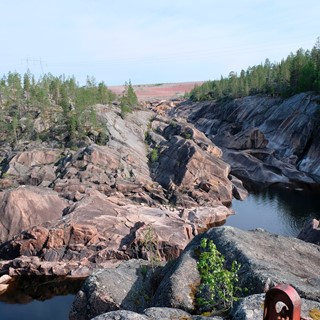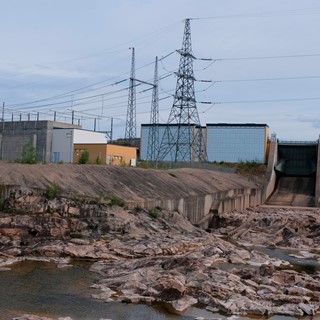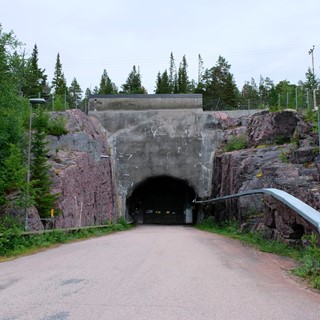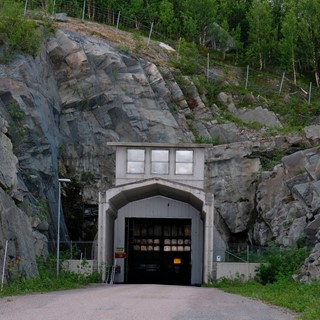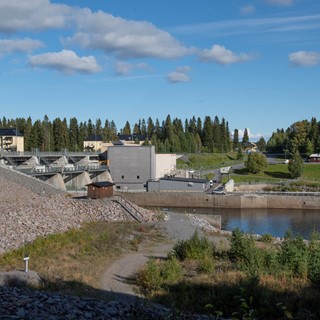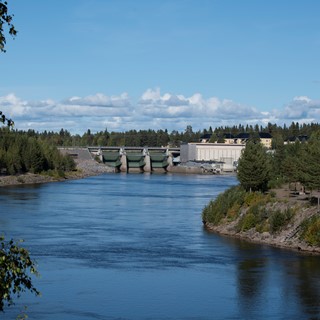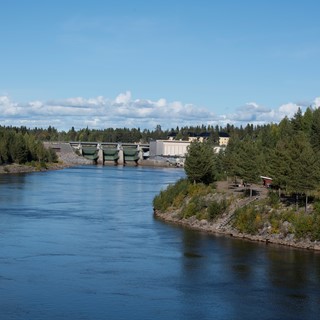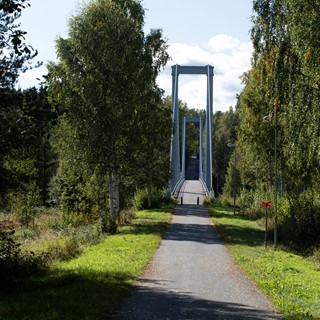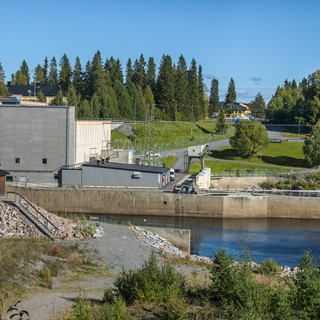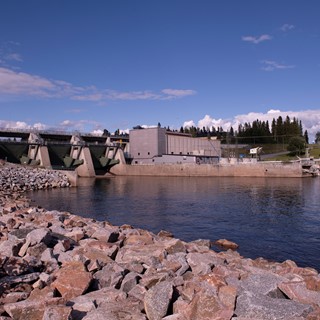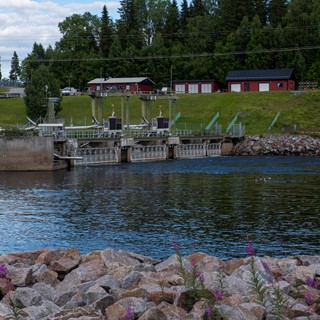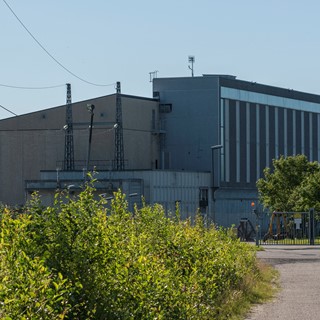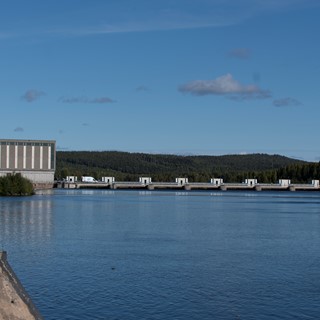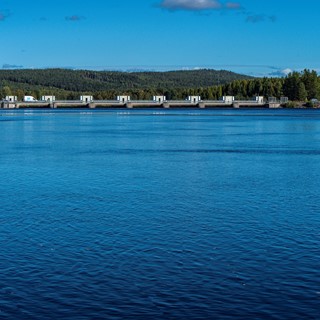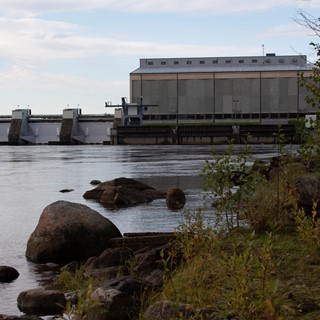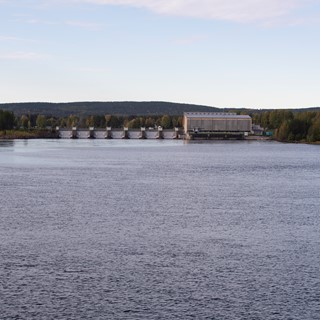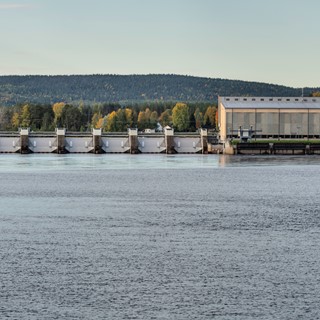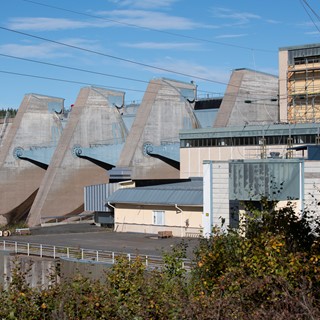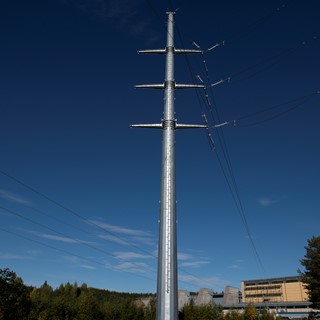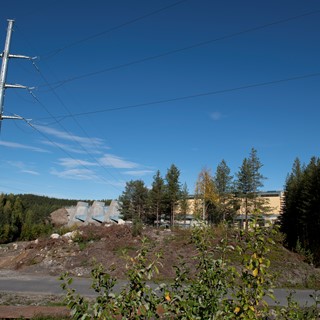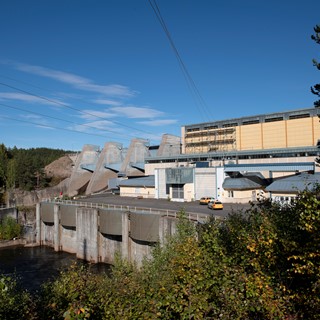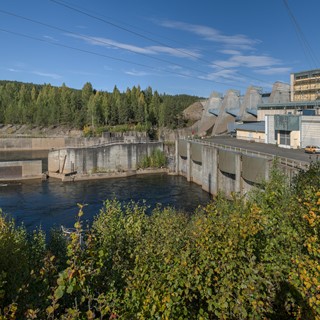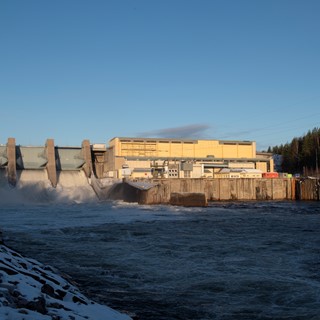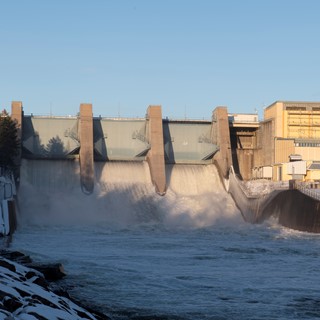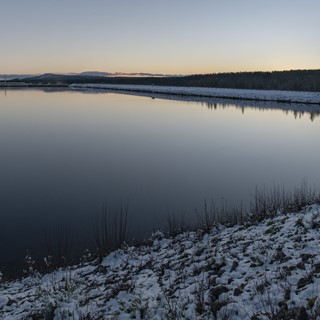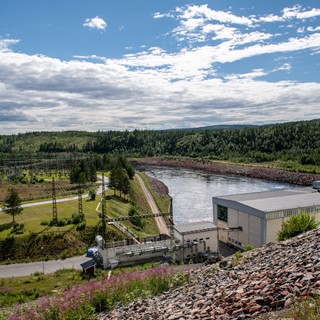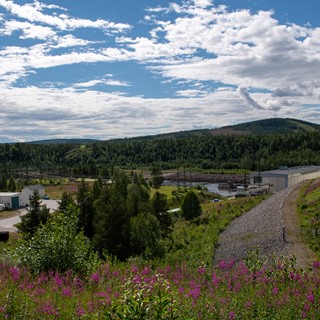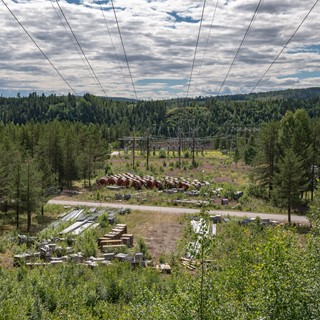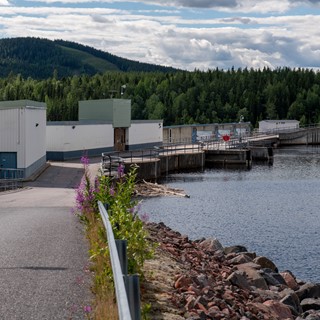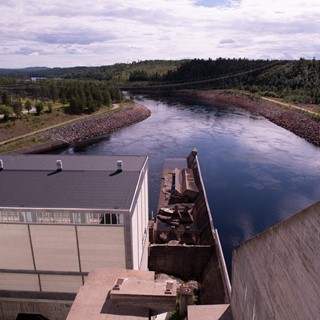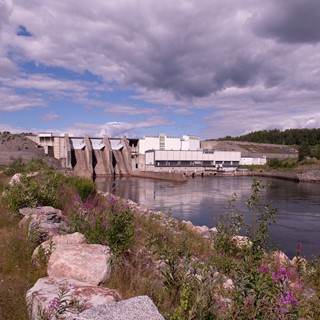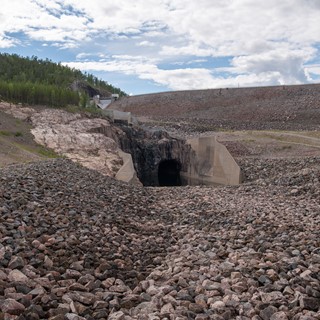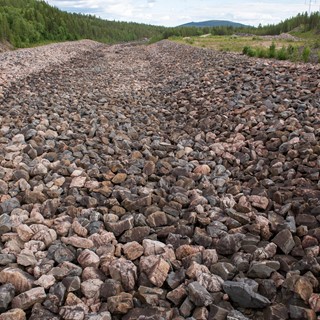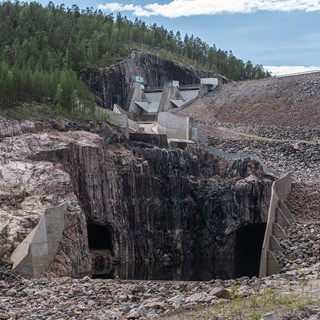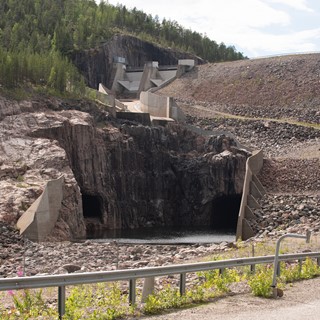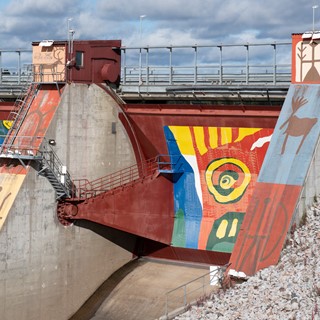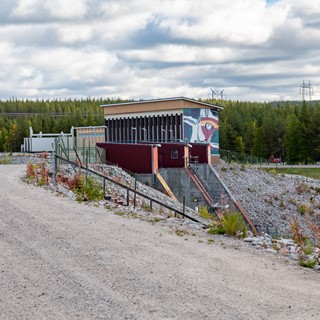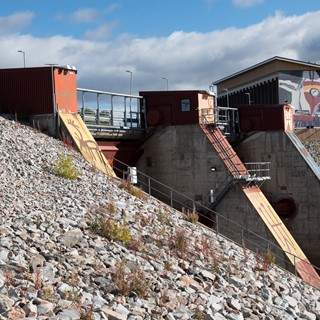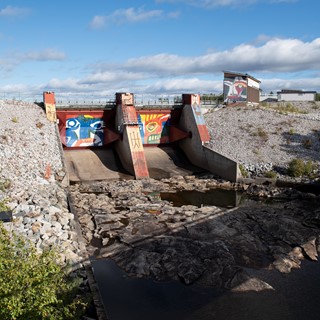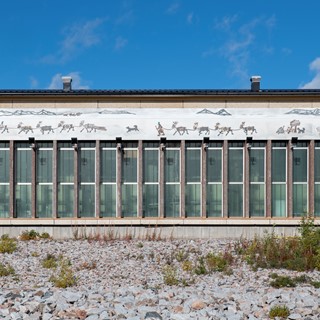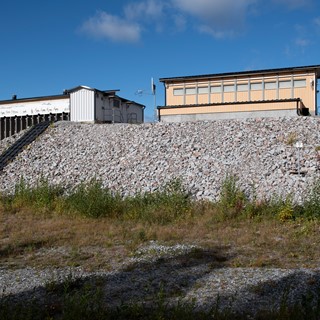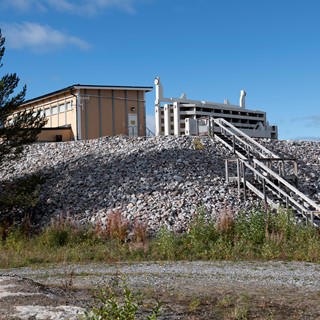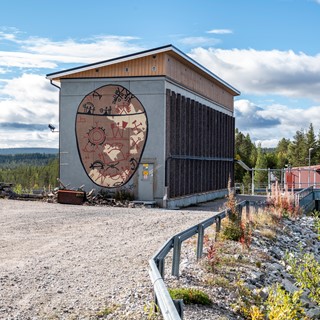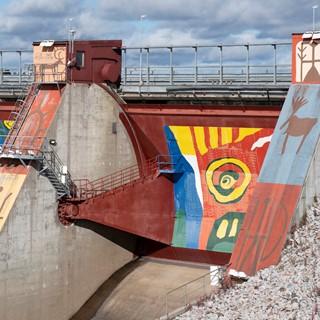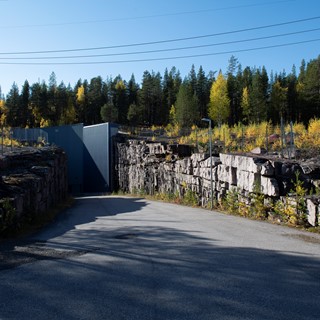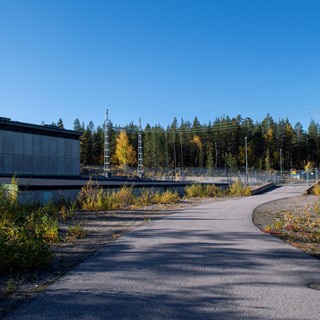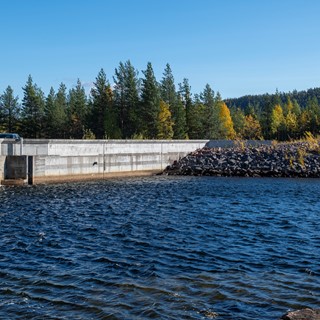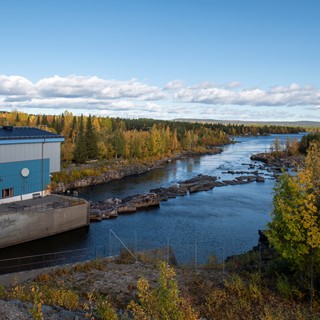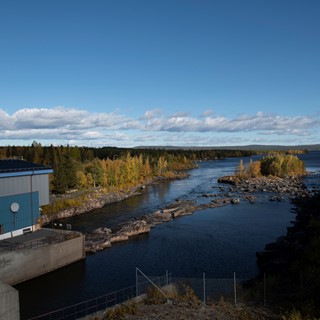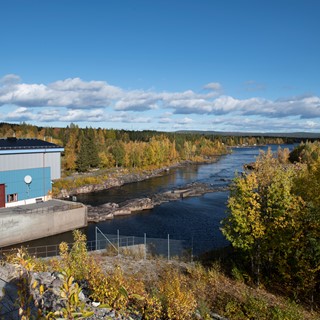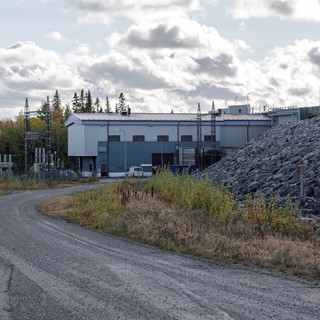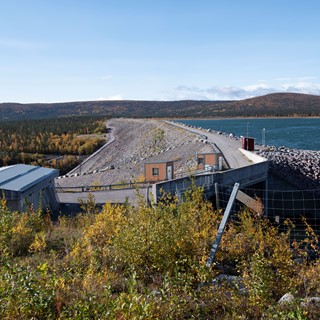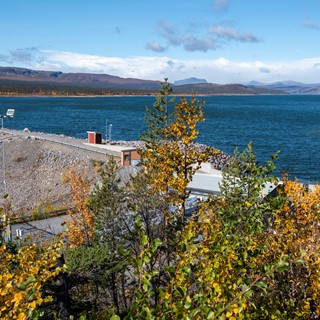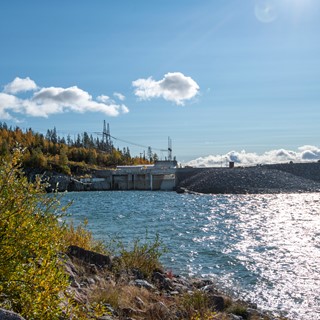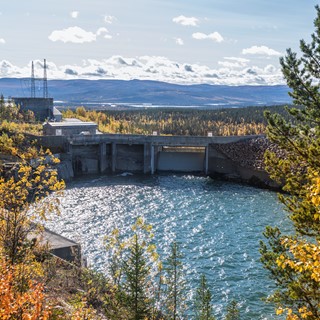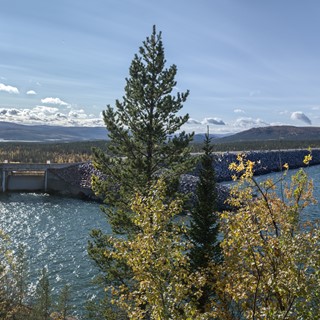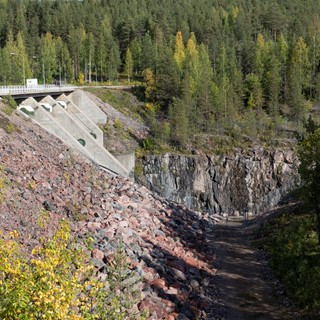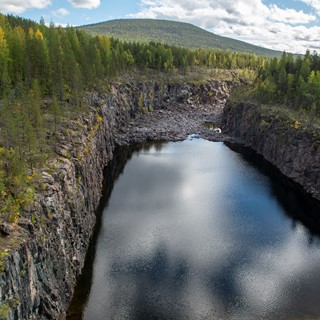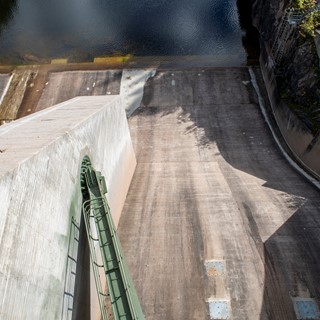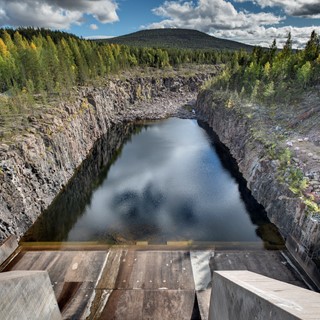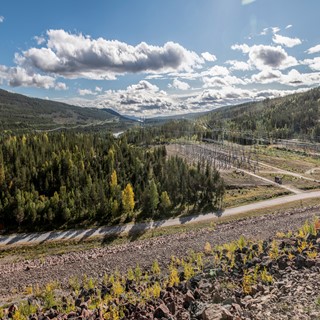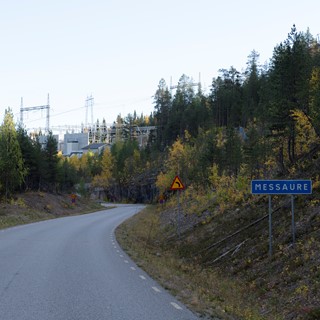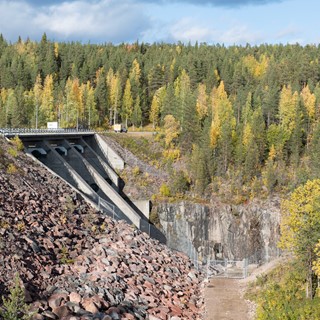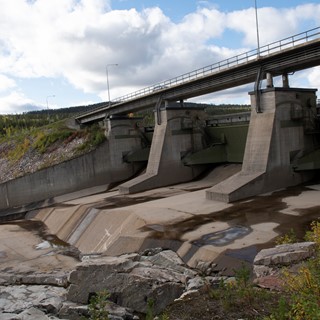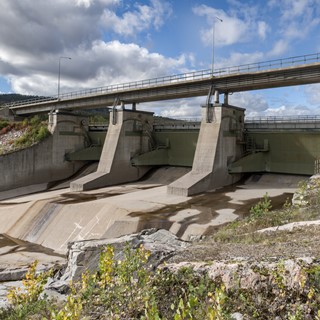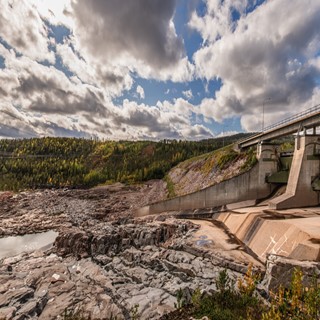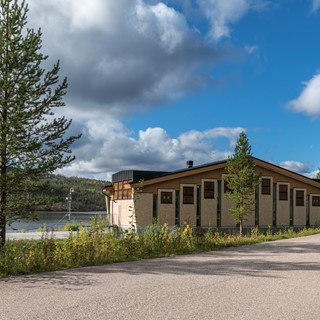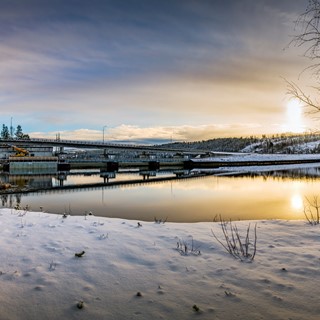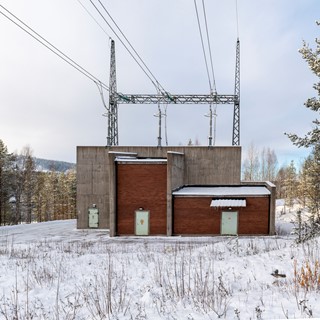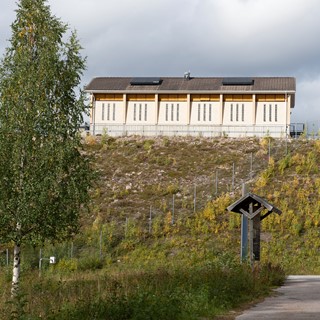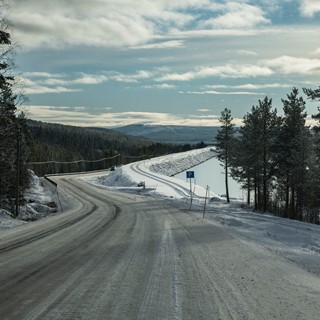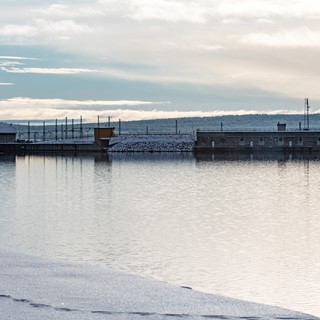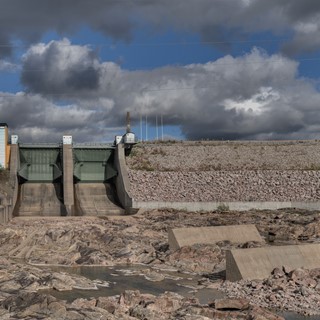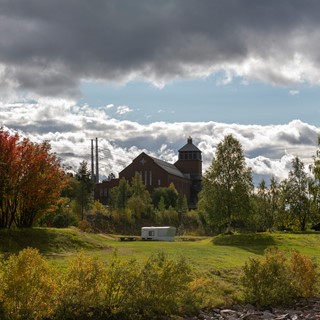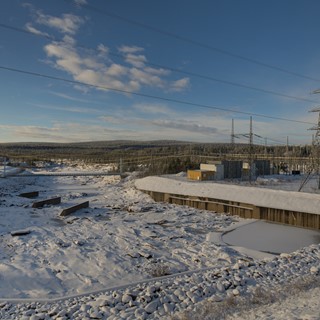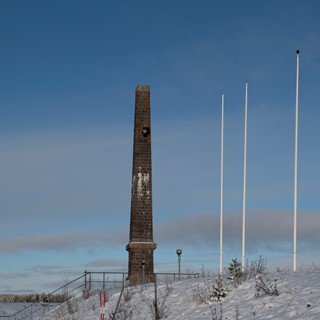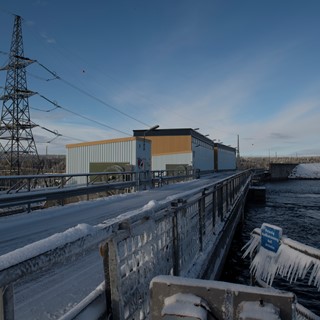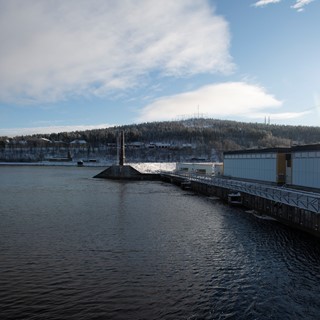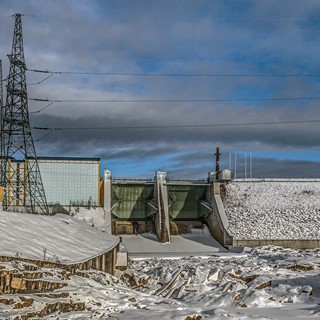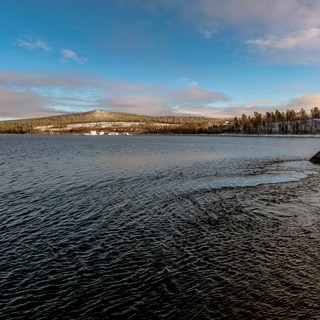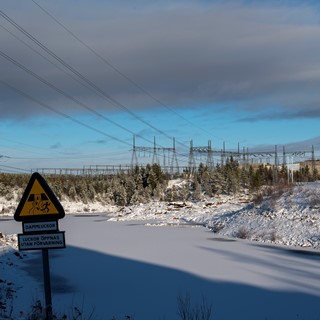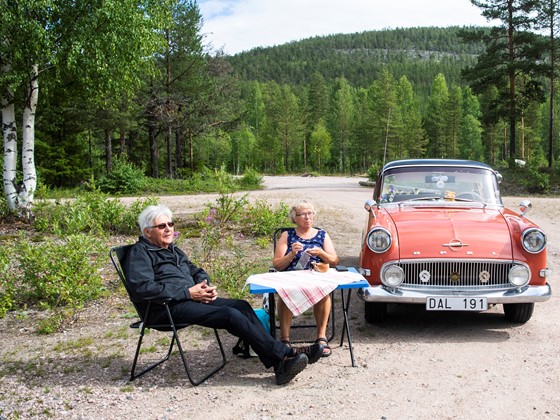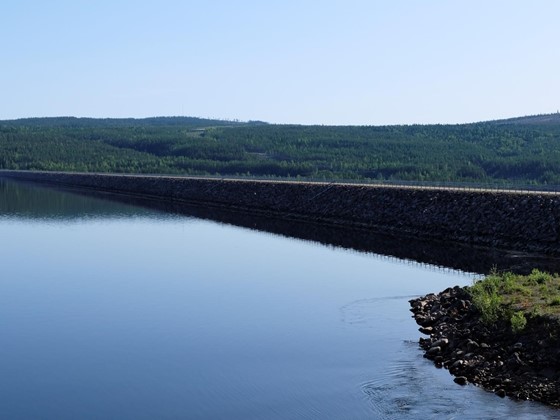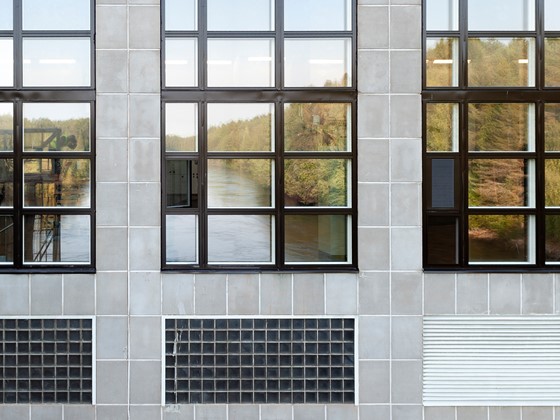Vattenfall AB
At the beginning of the 1880s, the Government instituted a committee to investigate whether the Crown’s islands and other locations near the Trollhättefallen waterfalls could become a source of income for Sweden. The investigation showed that the state owned most of the islands with the surrounding water, and therefore felt that the Crown should construct power stations in the area. In the 1890s, a fight between the state and private businesses about who had the rights to exploit the waterfalls at Trollhättan broke out. According to legislation at the time, a landowner whose property included riverbank could oppose the construction of a power plant. This turned into a court process, which, in 1901, resulted in the state owning the rights to the Trollhättefallen waterfalls. The state’s waterfall committee, which had investigated the Crown’s waters and streams, had previously held the view that the state should rent out their rights to individuals, but instead, the thought now appeared that the state itself should build a hydropower plant in Trollhättan. In 1905, therefore, the state bought the Trollhättan Canal Company, which had previously run most of the activities in the waterfalls and the lock area, forming the Royal Trollhättan Canal and Water Works. In 1908, parliament decided to turn the Trollhättan board into the Royal Waterfall Board, which changed its name to the State’s Waterfall Works the following year. The State’s Waterfall Works was a state-owned business from 1909 until 1992, when it was reformed into the limited company Vattenfall AB (Waterfall Ltd) in preparation for the European deregulation of the electricity market in 1996.
At the beginning of the 20th century, Vattenfall’s main task was to expand the country’s hydropower in order to benefit industrialisation and, later on, electrification. These years, from 1909 to 1920, are often referred to as the pioneer years. The company built magnificent power plants in Trollhättan, Porjus and Älvkarleby.
Once this first expansion was complete, around 1920, Vattenfall entered a more maintenance-focussed phase. In eight years, the number of office staff decreased by almost 40 per cent, going from 1,200 to 750. The number of workers was reduced even more. During the most construction-intense phase, Vattenfall had around 4,000 employed workers, but in 1928, the number was just 300.
From the mid-1930s, Vattenfall started to build hydropower plants again, as demand for electricity picked up. The growth is evident from the increase in the number of employees, which went from 4,000 in 1938 to 14,000 in 1958. To meet the challenges caused by this, the State’s Waterfall Works went through a great restructuring in 1939, in which the company was divided into a number of large construction departments and several regional administrative organisations.
From 1969, when Vattenfall started building the nuclear power plant in Ringhals, to 1985, when the third reactor at Forsmark began operating, Vattenfall was once again characterised by intensive construction. It was also during this time that the River Lule Älv was exploited, with a further 13 power plants.
Hydropower expansion neared its end at the end of the 1980s. Vattenfall then broadened its operational scope, and became ‘the energy service business Vattenfall,’ and was thus met with greater demands for profitability, as well as greater control of its own investments.
Today, Vattenfall is a leading European energy business with around 20,000 employees and 6,930,000 electricity customers.
